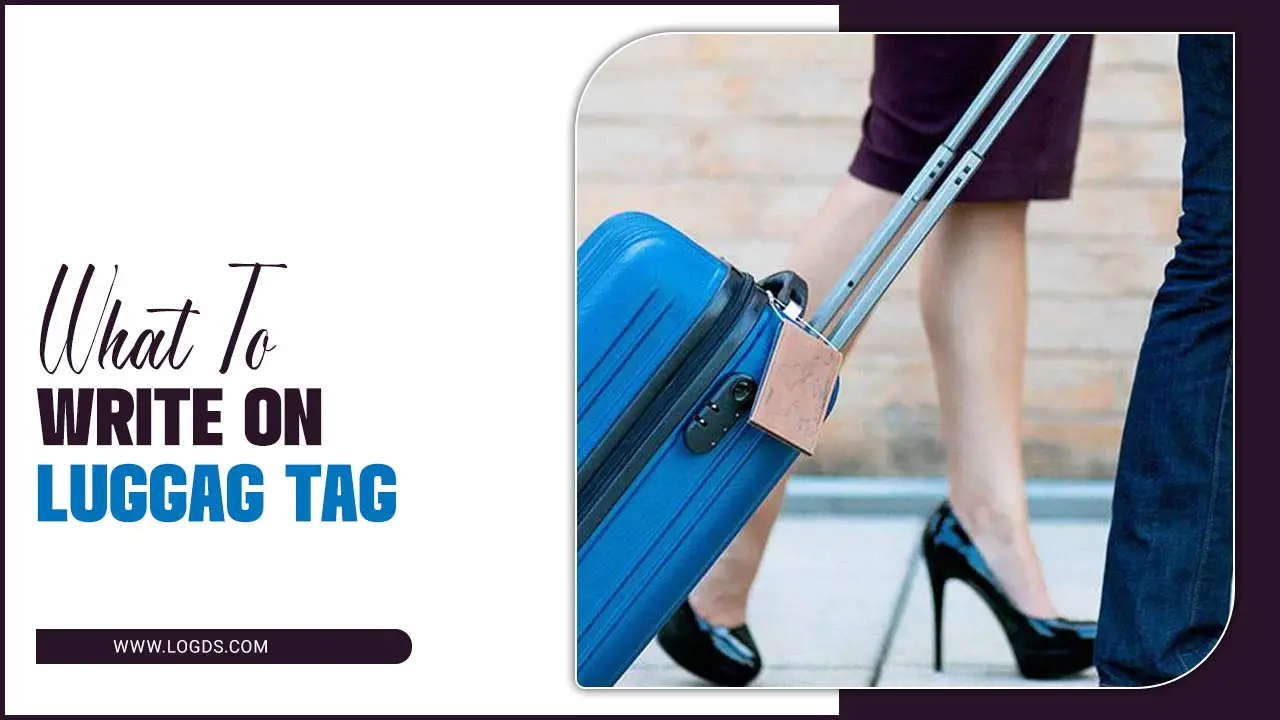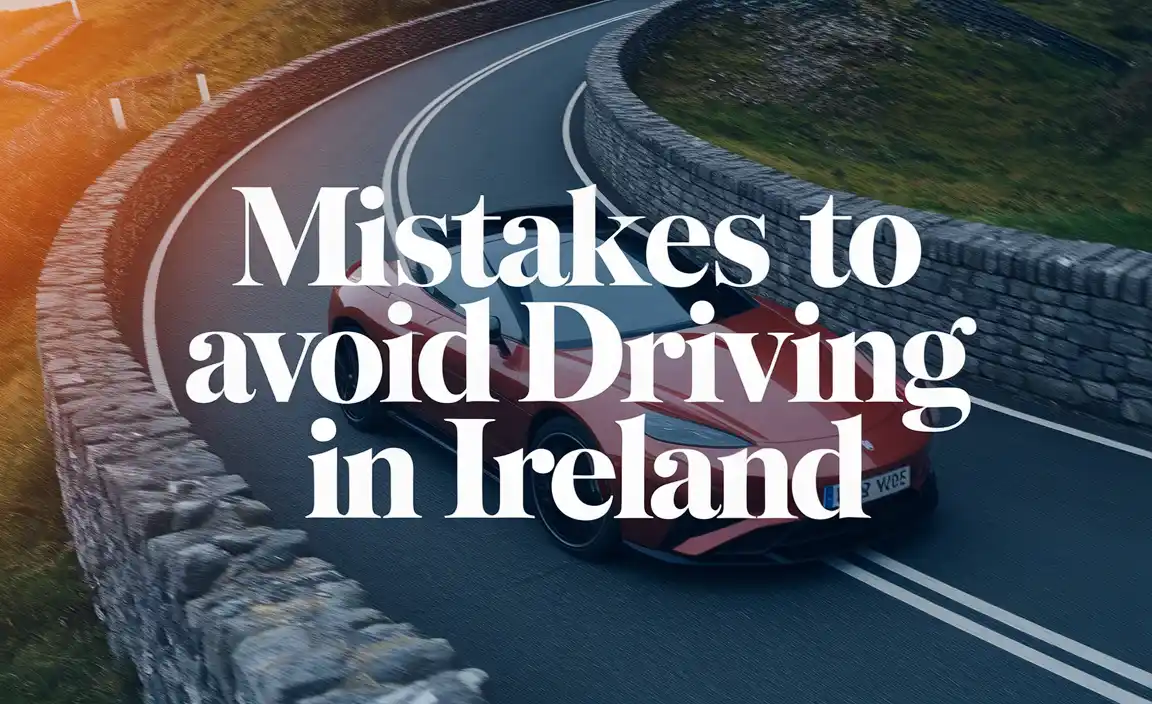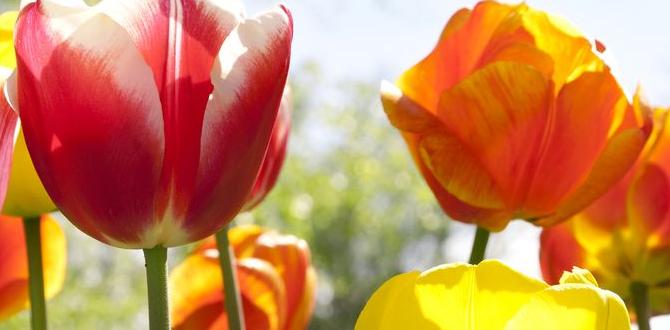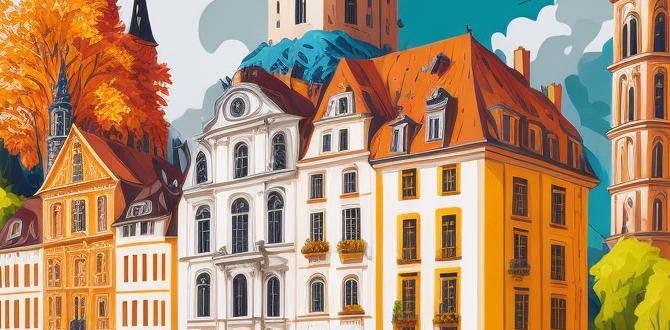Planning a trip to Banff National Park and wondering about the costs? This guide breaks down the daily expenses for accommodation, food, activities, and transportation, helping you create a realistic budget for an unforgettable adventure. Get ready to explore the stunning Canadian Rockies without financial surprises!
Welcome to Banff! Planning a dream vacation to this incredible national park can feel a bit overwhelming when it comes to figuring out the costs. Many travelers worry about spending too much or not having enough for the experiences they want. But don’t fret! With a little bit of planning and this straightforward guide, you can confidently map out your Banff budget. We’ll walk through each essential expense so you can focus on enjoying the breathtaking scenery. Let’s dive into making your Banff trip both amazing and affordable.
Banff Cost Breakdown: Your Essential Daily Budget Guide
Banff National Park is a crown jewel of Canada, drawing visitors with its turquoise lakes, majestic peaks, and abundant wildlife. While the natural beauty is free, enjoying your trip comfortably requires some budgeting. Understanding the typical costs will help you plan a trip that fits your financial goals, whether you’re a solo adventurer, a family on vacation, or anyone seeking an accessible escape. We’ll cover everything from where to stay and what to eat to how to get around and the activities that make Banff so special.
Understanding Banff’s Pricing Factors
Before we break down the daily costs, it’s helpful to know what influences prices in Banff. Like many popular tourist destinations, Banff’s costs can fluctuate based on several key factors:
- Seasonality: Summer (June-August) is peak season, meaning higher prices for accommodation and sometimes activities. Fall (September-October) and Spring (April-May) offer lower prices but can have unpredictable weather. Winter (November-March) is ideal for snow sports but can still be costly due to demand.
- Accommodation Choice: Staying in Banff townsite is generally more expensive than in nearby towns like Canmore. Camping is the most budget-friendly option.
- Dining Preferences: Eating out at fancy restaurants will significantly increase your daily food budget compared to packing your own lunches or visiting casual eateries.
- Activities: Many of Banff’s most stunning sights are free to view, but popular attractions like the Banff Gondola, boat tours, or guided excursions add to the cost.
- Transportation: While Banff is walkable, getting to trailheads or other towns often requires a car or shuttle services, each with its own associated costs.
Daily Budget Categories for Banff
To create a clear picture, let’s break down the average daily costs for a single traveler. Remember, these are estimates to help you build your personal budget. You can adjust them based on your travel style.
1. Accommodation Costs
Where you rest your head plays a significant role in your overall Banff budget. Prices vary widely, from rustic camping to luxurious hotels.
- Camping: This is the most budget-friendly option. Parks Canada operates several campgrounds within the park. Booking in advance is essential, especially during peak season.
- Estimated Cost: $25 – $40 CAD per night per campsite.
- Hostels: Great for solo travelers or budget-conscious groups, hostels offer dorm-style rooms and sometimes private rooms.
- Estimated Cost: $40 – $70 CAD per person per night for a dorm bed.
- Budget Hotels/Motels: Found in Banff townsite and nearby Canmore, these offer basic amenities.
- Estimated Cost: $150 – $250 CAD per night for a double room.
- Mid-Range Hotels: More amenities, better locations, and often include breakfast.
- Estimated Cost: $250 – $400 CAD per night for a double room.
- Luxury Hotels/Resorts: Top-tier amenities, prime locations, often with spas and fine dining.
- Estimated Cost: $400+ CAD per night for a double room.
Pro Tip: Consider staying in Canmore, a town just outside the national park boundary. It often has more affordable accommodation options and is only a short drive to Banff townsite.
2. Food and Dining Expenses
Banff offers a range of dining experiences, from grabbing a quick bite to enjoying a gourmet meal. Packing snacks and some meals can significantly reduce costs.
- Groceries/Self-Catering: Purchasing food from local grocery stores and preparing your own meals (especially if camping or staying in a suite with a kitchen) is the most economical choice.
- Estimated Cost: $30 – $50 CAD per person per day.
- Cafes and Casual Eateries: Think bakeries, delis, and casual restaurants for breakfast, lunch, or a quick dinner.
- Estimated Cost: $50 – $80 CAD per person per day.
- Mid-Range Restaurants: Enjoying a sit-down meal with a main course and a drink.
- Estimated Cost: $80 – $120 CAD per person per day.
- Fine Dining/Upscale Restaurants: Indulging in a multi-course meal with drinks.
- Estimated Cost: $120+ CAD per person per day.
Comfort Tip: For families or travelers needing extra convenience, consider packing travel-friendly snacks like granola bars, fruit, and pre-portioned nuts. If an adult or child needs to manage specific dietary needs, packing personal care items like adult or child diapers can provide peace of mind for longer outings or day trips. This ensures comfort and preparedness, allowing everyone to focus on the adventure rather than potential discomfort. Many travel-sized packs are available for discreet packing.
3. Activities and Attraction Costs
Banff’s biggest draw is its natural beauty, much of which is free to explore. However, iconic experiences often come with a price tag.
Free Activities:
- Hiking trails (numerous options for all levels)
- Exploring Banff townsite and its shops
- Visiting popular lakes like Lake Louise and Moraine Lake (access may require shuttle or parking reservations/fees)
- Wildlife viewing (from a safe distance!)
- Photography
Paid Activities (Estimates per person):
- Banff Gondola: Offers stunning panoramic views from Sulphur Mountain.
- Estimated Cost: $60 – $75 CAD.
- Lake Minnewanka Cruise: Scenic boat tour on the largest lake in Banff.
- Estimated Cost: $50 – $65 CAD.
- Banff Upper Hot Springs: Relaxing soak with mountain views.
- Estimated Cost: $10 – $15 CAD.
- Rentals: Kayak, canoe, bicycle rentals can vary.
- Estimated Cost: $30 – $100+ CAD depending on item and duration.
- Guided Tours: From wildlife tours to interpretive hikes.
- Estimated Cost: $70 – $150+ CAD.
Park Pass: A Parks Canada Discovery Pass is required for all national park visitors. You can purchase a daily pass or an annual pass.
- Daily Pass (per group/vehicle): Approximately $21 CAD.
- Annual Discovery Pass (per group/vehicle): Approximately $145 CAD.
External Link: For the most current pricing and pass information, always check the official Parks Canada website: Parks Canada – Banff National Park.
4. Transportation Costs
Getting around Banff and to its surrounding attractions has several options, each with a different cost implication.
- Walking/Biking in Banff Townsite: Free and easy for getting around the town itself.
- Banff Roam Transit: Public bus system within Banff townsite and to popular spots like Lake Louise and Moraine Lake (seasonal).
- Estimated Cost: $2 – $5 CAD per ride, or day passes available.
- Rental Car: Offers the most flexibility but comes with daily rental fees, gas, and parking costs. Parking can be challenging and sometimes costly within Banff townsite.
- Estimated Cost: $50 – $100+ CAD per day for rental, plus gas and potential parking fees.
- Shuttle Services: Numerous private companies offer shuttles to popular trailheads and attractions.
- Estimated Cost: $20 – $50+ CAD per person per trip, depending on the destination.
- Taxi/Ride-Sharing: Available for shorter distances but can be expensive for longer trips.
- Estimated Cost: Varies greatly by distance.
Budgeting Tip: If you plan to visit many popular lakes and trailheads by car, factor in potential shuttle bookings or parking fees as they are often mandatory during peak times. For instance, access to Moraine Lake is restricted to shuttle, transit, or commercial vehicle, so a personal vehicle isn’t an option for that specific iconic spot.
5. Miscellaneous Expenses
Don’t forget to budget for those little extras that can add up!
- Souvenirs
- Travel insurance
- Snacks and drinks on the go
- Tips for guides or restaurant servers
- Unexpected purchases or emergencies
Estimated Cost: $20 – $50 CAD per person per day (highly variable).
Sample Daily Budget Scenarios for Banff
To help visualize, here are a few sample daily budgets for one person, excluding the Parks Canada pass which is a one-time purchase.
Budget Traveler (~$150 – $200 CAD per day)
- Accommodation: Hostel or Campsite ($30 – $50)
- Food: Mostly groceries, with one casual meal out ($40 – $60)
- Activities: Free hikes, exploring town, maybe one low-cost activity ($20 – $40)
- Transportation: Roam Transit or walking/biking ($10 – $20)
- Miscellaneous: Small buffer ($20 – $30)
Mid-Range Traveler (~$250 – $350 CAD per day)
- Accommodation: Budget hotel or mid-range motel ($150 – $200)
- Food: Mix of casual dining and cafes ($60 – $80)
- Activities: One paid attraction (e.g., Gondola or cruise) and free hikes ($70 – $100)
- Transportation: Rental car for a day or shuttle services ($30 – $50)
- Miscellaneous: Souvenirs, coffee ($30 – $50)
Comfort Traveler (~$400+ CAD per day)
- Accommodation: Mid-range or upper-mid-range hotel ($250 – $350)
- Food: Mix of mid-range and nicer restaurants ($100 – $150)
- Activities: Multiple paid attractions, guided tours, or adventure activities ($100 – $200)
- Transportation: Rental car for flexibility or private shuttles ($50 – $100)
- Miscellaneous: Comfort items, more souvenirs ($50 – $100+)
These are just examples, and you can mix and match to create a budget that works for you!
Tips for Saving Money in Banff
Banff doesn’t have to break the bank! Here are some practical tips to keep your daily budget in check:
- Travel in the Shoulder Seasons: Visit in late spring (May/June) or early fall (September/October) for fewer crowds and lower accommodation prices.
- Book Accommodation and Activities in Advance: Especially for peak season or popular tours, booking early can sometimes secure better rates and availability.
- Utilize Free Activities: Banff offers world-class hiking, stunning viewpoints, and charming towns that cost nothing to enjoy. Pack your hiking boots!
- Cook Your Own Meals: Opt for accommodation with kitchen facilities or plan picnic lunches. Grocery stores in Banff include Nesters Market and IGA.
- Use Public Transportation or Shuttles: If you don’t need a car for extensive exploring, consider the Roam Transit system or book specific shuttles to popular destinations, especially during busy periods when parking is difficult.
- Look for Deals and Packages: Some hotels offer packages that include breakfast or activities, which can sometimes be a good value.
- Consider Staying in Canmore: As mentioned, Canmore often provides more affordable lodging options and dining.
- Bring your own water bottle: Refillable at many locations, saving money on bottled water and reducing plastic waste.
Banff Daily Budget Summary Table
Here’s a quick reference table to summarize typical daily costs per person in Banff.
| Category | Budget Traveler (CAD/day) | Mid-Range Traveler (CAD/day) | Comfort Traveler (CAD/day) |
|---|---|---|---|
| Accommodation | $30 – $50 | $150 – $250 | $250 – $400+ |
| Food | $40 – $60 | $60 – $80 | $100 – $150+ |
| Activities | $20 – $40 | $70 – $100 | $100 – $200+ |
| Transportation | $10 – $20 | $30 – $50 | $50 – $100+ |
| Miscellaneous | $20 – $30 | $30 – $50 | $50 – $100+ |
| Estimated Total (Per Person, Per Day) | $120 – $200 | $340 – $530 | $550 – $950+ |
Note: This table excludes the Parks Canada Discovery Pass cost. A group or vehicle park pass is required in addition to daily per-person expenses.
Frequently Asked Questions
Q1: What is the average daily cost to visit Banff National Park?
The average daily cost for one person to visit Banff can range significantly. A budget traveler might spend $120-$200 CAD per day, a mid-range traveler $340-$530 CAD per day, and a comfort traveler $550-$950+ CAD per day. These estimates include accommodation, food, activities, and local transportation, but exclude the mandatory Parks Canada Discovery Pass.
Q2: How can I save money on accommodation in Banff?
To save on accommodation, consider camping in Parks Canada campgrounds, staying in hostels, or booking lodging in a nearby town like Canmore, which often has more affordable options. Booking well in advance, especially for peak season, is also advisable.
Q3: Is it cheaper to eat in Banff or pack my own food?
It is significantly cheaper to pack your own food and prepare meals yourself. Dining out in Banff can be expensive. Purchasing groceries from local supermarkets and making your own sandwiches, snacks, and simple meals will greatly reduce your daily food budget compared to eating at restaurants for every meal.
Q4: What are the essential free activities in Banff?
Banff’s immense natural beauty offers many free activities. These include hiking on the park’s extensive trail network, exploring Banff township, visiting iconic viewpoints like Peyto Lake or the Bow Valley Parkway for wildlife spotting, and enjoying the scenery around Lake Louise and Moraine.





